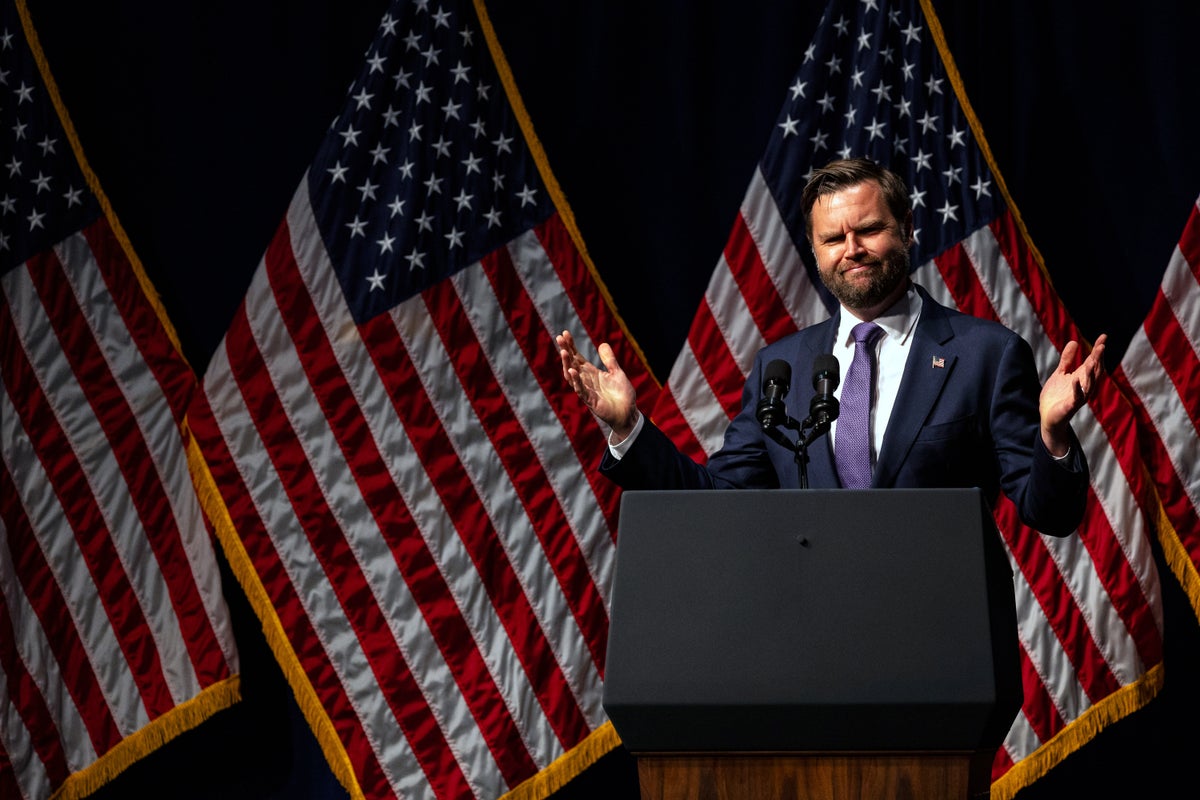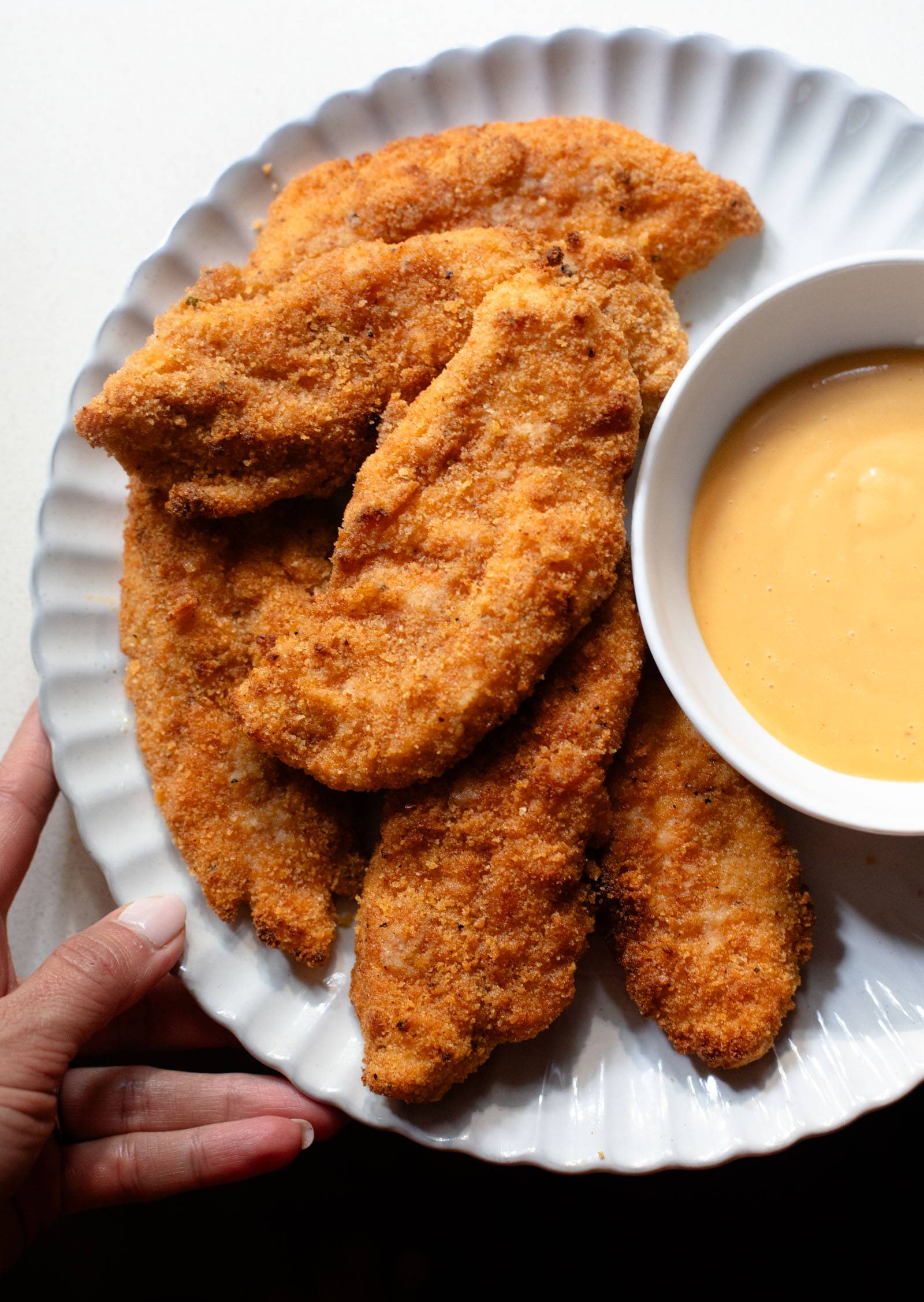Essential Social Media Marketing Statistics You Need to Know Today

Key Takeaways

- Social Media Impact: 90% of marketers report increased brand awareness through social media, highlighting its effectiveness in enhancing visibility and engagement.
- User Engagement: Engagement rates vary by platform; Instagram leads with an average of 1.22%, suggesting that brands should tailor strategies to specific platforms for maximum interaction.
- Consumer Behavior Influence: 67% of users are more likely to purchase after interacting with a brand on social media, emphasizing the importance of social media presence in driving sales.
- Leveraging Analytics: Utilizing social media analytics tools helps businesses track performance, optimize campaigns, and refine content strategies based on engagement metrics.
- Emerging Trends: Staying updated on trends, such as the rise of TikTok and the increasing preference for short-form video content, is crucial for maintaining relevance in the digital landscape.
- Community Engagement: User-generated content and effective community management foster trust and enhance customer interaction, which can significantly boost brand loyalty and engagement rates.
In today’s digital landscape, social media isn’t just a platform for sharing photos or updates; it’s a powerful marketing tool that can transform your business. With billions of active users worldwide, understanding social media marketing statistics is crucial for crafting effective strategies. You need to know where your audience spends their time and how they engage with content.
Diving into the latest statistics can provide insights that help you optimize your campaigns and boost your ROI. From user demographics to engagement rates, these numbers reveal trends that can shape your approach. Whether you’re a small business owner or a seasoned marketer, leveraging these insights can give you a competitive edge in a crowded marketplace.
Overview of Social Media Marketing Statistics

Understanding social media marketing statistics is crucial for maximizing your small business’s online presence. Current data shows that 90% of marketers benefit from increased brand awareness through social media. Engagement rates on platforms like Facebook and Instagram reveal how audiences interact with your content. Around 70% of consumers express a willingness to engage with brands via their social media profiles, providing ample opportunities for direct customer interaction.
On Instagram, the average engagement rate is 1.22%, significantly higher than platforms like Facebook, which averages 0.08%. These figures emphasize the importance of tailoring your social media strategy to the right platform. Visual storytelling through video content and Instagram stories can enhance engagement, leading to better conversion rates.
Statistics indicate that 67% of users say they’re more likely to buy a product after interacting with it on social media. This presents a compelling case for investing in social media ads and influencer marketing. Effective audience targeting and the use of hashtags can extend the reach of your organic posts, while paid ads can further boost visibility.
Additionally, user-generated content can amplify your brand message and foster community trust. In fact, posts featuring customer reviews and experiences generate 28% higher engagement compared to standard promotional content.
Utilizing social media analytics tools allows you to monitor performance and optimize campaigns, enhancing your social media growth over time. By planning a well-structured content calendar, you can ensure consistent posting and maintain brand consistency across platforms.
Prominent social media trends, such as the rise of TikTok for business, present new avenues for small businesses to connect with audiences. Keeping an eye on these trends helps to stay relevant and innovative in your social media strategy.
Importance of Social Media Marketing

Understanding social media marketing statistics is crucial for small businesses navigating today’s digital landscape. You can improve brand visibility and engage potential customers by leveraging insights from user interactions on various platforms.
Impact on Brand Awareness
Social media significantly enhances brand awareness. Statistics show that 90% of marketers observe increased visibility through social media platforms. Implementing a robust social media strategy on platforms like Facebook, Instagram, and TikTok allows you to reach diverse audiences. Consistent content creation, using targeted hashtags, and engaging storytelling boosts your organic reach. For example, businesses employing consistent posting schedules on platforms like Instagram see higher user engagement rates and increased brand recognition.
Influence on Consumer Behavior
Social media shapes consumer behavior uniquely. Around 67% of users report they’re more likely to purchase after engaging with a brand on social media. Paid ads on platforms such as Facebook and Instagram enhance visibility while influencer partnerships can create authentic connections. User-generated content fosters trust and encourages customer interaction. Effective community management can lead to valuable customer feedback and reviews, further influencing buying decisions. You can optimize social media campaigns by analyzing engagement metrics with social media analytics tools, allowing you to tailor your strategy according to audience preferences.
Engagement rates vary by platform; for instance, Instagram’s average engagement rate stands at 1.22%, significantly higher than Facebook’s 0.08%. Prioritizing social media tools to track metrics helps in refining your social media strategy, maximizing ROI. Adapting to social media trends, such as Instagram Stories and TikTok for business, ensures your small business remains relevant in a rapidly changing environment.
Current Trends in Social Media Marketing

Social media marketing continues to evolve, and staying updated on trends can enhance your small business’s strategy. Understanding user demographics and platform statistics can significantly impact your social media campaigns.
User Demographics and Usage Patterns
Social media platforms attract diverse user demographics, making audience targeting essential. As of 2023, 90% of marketers report increased brand awareness through social media. Younger audiences dominate platforms like TikTok and Instagram, where 67% of users are more likely to purchase after engaging with a brand. Older demographics still actively use Facebook and LinkedIn, making these platforms relevant for B2B marketing efforts. You can tailor your social media strategy by analyzing these patterns to optimize content creation and engagement rates for each specific audience.
Popular Platforms and Their Statistics
Popular platforms like Facebook, Instagram, Twitter, LinkedIn, and TikTok each offer unique advantages for small businesses:
| Platform | Key Statistic | Engagement Insight |
|---|---|---|
| 68% of adults use the platform | Average engagement rate of 0.08% | |
| 70% of users prefer brand interactions here | Average engagement rate of 1.22% | |
| 50% of users follow brands | High potential for real-time marketing | |
| 40% of users use it for professional networking | Effective for B2B marketing | |
| TikTok | 1 billion monthly active users | Engaging video content drives brand awareness |
Incorporating these statistics into your social media ads and posts can improve your organic reach. Align your marketing efforts not just with industry trends but also with the behaviors and preferences of your audience on each platform. Regular social media monitoring helps you refine your approach, ensuring content resonates with followers and boosts community management efforts. Consistent engagement with user-generated content and storytelling can significantly enhance customer interaction and brand loyalty, leading to improved social media ROI.
Measuring Success in Social Media Marketing

Measuring success in social media marketing is crucial for small businesses aiming to enhance brand awareness and engagement. Utilizing Key Performance Indicators (KPIs) and social media analytics tools lets you evaluate the effectiveness of your social media campaigns.
Key Performance Indicators (KPIs)
Engagement rates are essential KPIs for measuring your social media success. Track metrics such as likes, comments, shares, and reactions on platforms like Instagram, Facebook, LinkedIn, and Twitter. For example, LinkedIn posts earn an average of 612.9 engagements from accounts with 2,000-10,000 followers. You can use these insights to refine your social media strategy by adjusting your content creation efforts based on interaction levels. Additionally, monitor your reach and impressions to gauge how well your posts are performing across different social media platforms.
Tools for Data Analysis
Various social media tools help analyze your marketing efforts. Tools like Hootsuite, Buffer, and Sprout Social provide analytics that track engagement and growth. Using these tools, you can create a content calendar, schedule posts, and assess how your social media ads perform. Regular monitoring of performance metrics allows you to optimize audience targeting and improve user-generated content strategies. Adopting the right social media analytics tools ensures that your small business remains competitive and can effectively leverage influencer marketing and community management for increased customer interaction.
Future Predictions for Social Media Marketing

In 2025, an estimated 5.42 billion people will use social media globally, accounting for approximately 63.8% of the population. This rapid growth in social media users emphasizes the need for an effective social media strategy. You’re likely to engage with audiences across multiple platforms, as the average user interacts with 6.83 different networks each month.
Time Spent on Social Media
Users spend an average of 2 hours and 19-21 minutes daily on social media. This time provides you with ample opportunities to connect and engage with your audience through content creation, such as posts, stories, and videos. Consider leveraging this time by providing engaging content that resonates with your brand voice.
Advertising Spend
Projected spending for social media advertising is expected to reach $276.7 billion in 2025. With 83% of that spend anticipated to occur on mobile by 2030, you may find it essential to optimize your paid ads for mobile devices. Additionally, ad spending is forecasted to increase by 9.37% annually from 2025 to 2030, underscoring the importance of timely adjustments to your social media campaigns.
Content Preferences
Short-form video content captures significant attention, with 78% of users preferring to learn about new products through quick video clips. As a small business, you might want to utilize platforms like TikTok or Instagram for dynamic video content, ensuring your message stands out. Incorporating Instagram stories and engaging video content can boost your social media engagement and reach.
Community Management and User Interaction
User engagement is crucial for your social media success. By focusing on customer interaction, you encourage brand loyalty and awareness. Implementing techniques like influencer partnerships and leveraging user-generated content can enhance trust in your brand. Engaging in Facebook groups and utilizing hashtags can foster a sense of community.
Social Media Analytics
Monitoring performance through social media analytics tools becomes vital as platforms evolve. Regularly reviewing metrics such as engagement rates—likes, comments, and shares—can inform your content strategy. Tools like Hootsuite or Sprout Social allow you to analyze your social media growth and optimize your content calendar effectively.
By concentrating on these areas, you can ensure your small business remains competitive in the rapidly changing landscape of social media marketing. Adapting to emerging social media trends and maintaining brand consistency across platforms can amplify your online presence, driving better outcomes for your business.
Conclusion
Staying informed about social media marketing statistics is crucial for your business success. With the right insights you can tailor your strategies to engage effectively with your audience. Remember that platforms have unique engagement rates and user demographics which can significantly impact your campaigns.
As you navigate this ever-evolving landscape keep an eye on emerging trends and adapt your content accordingly. Utilizing analytics tools will help you measure success and refine your approach. Embrace the power of social media to enhance brand visibility and foster customer loyalty. The future is bright for those who leverage these insights wisely.
Frequently Asked Questions

What is the significance of social media in marketing?
Social media is a powerful marketing tool that enhances brand visibility and engagement. It allows businesses to connect with audiences where they spend time and tailor their strategies based on user demographics and interaction patterns, ultimately improving return on investment (ROI).
How do engagement rates vary across different social media platforms?
Engagement rates differ significantly by platform. For instance, Instagram has an average engagement rate of 1.22%, while Facebook averages only 0.08%. Knowing these differences helps businesses optimize their social media strategies accordingly.
Why should small businesses invest in social media marketing?
Small businesses can enhance brand visibility, engage customers, and improve sales by leveraging social media. Insights from user interactions and consistent content creation can boost organic reach, making social media essential for growth.
What role does user-generated content play in social media marketing?
User-generated content builds trust and fosters engagement. It allows customers to share their experiences, which can enhance a brand’s credibility and encourage other users to connect, driving further interaction and loyalty.
How can businesses measure success in social media marketing?
Businesses can track success using Key Performance Indicators (KPIs) like engagement rates, including likes, shares, and comments. Utilizing social media analytics tools like Hootsuite or Sprout Social helps refine strategies and optimize campaigns.
What current trends should small businesses watch in social media marketing?
Small businesses should pay attention to the rise of short-form video content, especially on platforms like TikTok and Instagram. Staying updated on emerging trends helps maintain relevance and enhances overall marketing efforts.
How does social media influence consumer purchasing behavior?
Social media significantly impacts consumer behavior, with 67% of users more likely to purchase after engaging with a brand online. This highlights the importance of social media ads and active brand interaction in driving sales.
What tools can help optimize social media marketing strategies?
Tools like Buffer, Hootsuite, and Sprout Social assist businesses in tracking performance and managing campaigns. These tools provide valuable insights that can be used to refine content and improve audience targeting.
Image Via Envato
This article, "Essential Social Media Marketing Statistics You Need to Know Today" was first published on Small Business Trends
What's Your Reaction?
 Like
0
Like
0
 Dislike
0
Dislike
0
 Love
0
Love
0
 Funny
0
Funny
0
 Angry
0
Angry
0
 Sad
0
Sad
0
 Wow
0
Wow
0




























































































